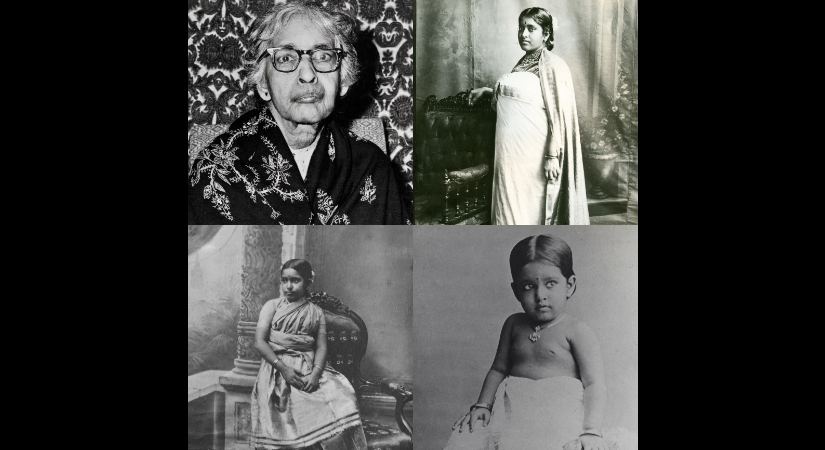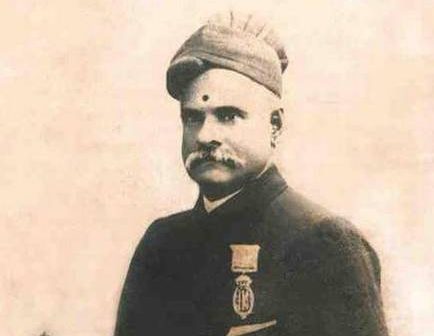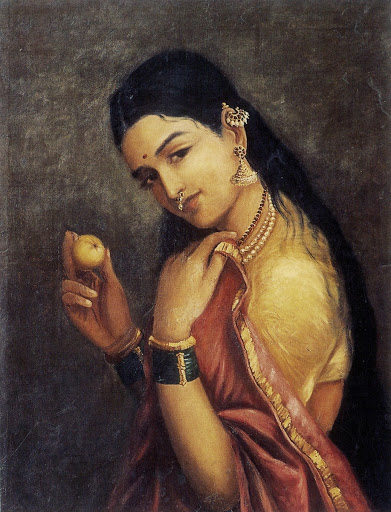The exhibition will also showcase a collection of photographs of Maharani and her life, narrated visually in different chapters. An oil painting by Maharani’s first granddaughter, Bharani Thirunal Rukmini Bayi Thampuran, who’s also the Chairperson of the Raja Ravi Varma Heritage Foundation, will be on display as well…reports Asian Lite News
On the occasion of the 176th birth anniversary of Raja Ravi Varma, the Travancore royal and artist designated as a national treasure, the Raja Ravi Varma Heritage Foundation will present ‘Daughter of Providence’ — a first-of-its-kind exhibition on the life and times of Maharani Sethu Lakshmi Bayi (1895-1985), the last ruling queen of Travancore and the artist’s eldest granddaughter.
The exhibition will be on display from April 29 (the artist’s birth date) to May 30 at the Raja Ravi Varma Heritage Foundation in Bengaluru.
Backed with research and documentation by the historian and author of the award-winning book, ‘The Ivory Throne: Chronicles of the House of Travancore’, Manu S. Pillai, the show’s centrepiece will be a never-before-seen original oil painting of Maharani Sethu Lakshmi Bayi as a three-year-old child, painted by her grandfather Raja Ravi Varma as a gift to her.
The exhibition will also showcase a collection of photographs of Maharani and her life, narrated visually in different chapters. An oil painting by Maharani’s first granddaughter, Bharani Thirunal Rukmini Bayi Thampuran, who’s also the Chairperson of the Raja Ravi Varma Heritage Foundation, will be on display as well.
Talking about the exhibition’s significance, Gitanjali Maini, Managing Trustee and CEO of the Foundation, said, “The focus of the Foundation remains on documentation and preservation of Raja Ravi Varma’s work, but we often come across paintings by the artist that have never been seen, researched, documented or published before they reach our hands.
“This painting of Maharani Sethu Lakshmi Bayi as a three-year-old girl is one such work that needs to be spoken about and shared with anyone who has a love for Raja Ravi Varma and his work.”
The exhibition, with this painting being the highlight, showcases the life of the Maharani from infancy to her last days, which she spent peacefully at Richmond Road, Bengaluru. While she ruled Travancore and created history through reforms and wise governance, she also chose the city to spend her years once she gave up the throne
ALSO READ-M.K. Raina’s Memoir: A Journey Through Kashmir’s Complexities





